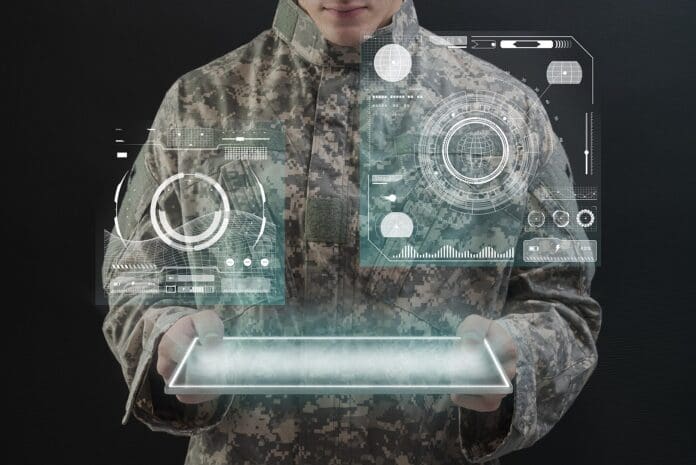
This post is also available in:
 עברית (Hebrew)
עברית (Hebrew)
The US Navy is preparing to roll out a new strategy designed to speed up how it uses data with artificial intelligence, as it seeks to adapt to fast-moving threats in modern warfare. The plan, referred to as the Department of the Navy’s “data and AI weaponization strategy,” is expected to be finalized in the coming weeks.
According to Breaking Defense, the strategy outlines key objectives, including improving data infrastructure, accelerating AI integration, enhancing workforce capabilities, and expanding collaboration with partners. The overarching aim: shorten the time it takes to turn operational data into updated tactics, software, and responses.
A major challenge the Navy faces today is not a lack of data, but the inability to use it quickly and effectively. Much of the information collected by frontline platforms — including aircraft, drones, and ships — remains trapped onboard. Limited bandwidth and data transfer capabilities often mean it’s faster to physically transport hard drives than transmit files digitally. In some cases, flight data is simply overwritten on the next mission before it can be retrieved.
To address this, the Navy is looking to automate the flow of information from collection to analysis, including speeding up security classification — a major bottleneck. Instead of relying on manual review, the new approach may involve encoding classification policies into machine-readable formats, such as knowledge graphs, which apply rules consistently and transparently.
Another key area of focus is the cybersecurity approval process for AI tools and analytics. Currently, new software must undergo a lengthy vetting process to receive an Authority to Operate (ATO), delaying its use in time-sensitive operations. To counter this, the Navy is exploring the use of isolated “sandbox” environments where tools can be safely tested and deployed without risk to core systems.
The ability to learn and adapt at high speed is central to this strategy. With potential flashpoints like Taiwan on the horizon, the Navy sees streamlined data and AI integration as a critical step in preparing for future conflicts.

























